schwingender echsenschwanz
swinging lizard tail
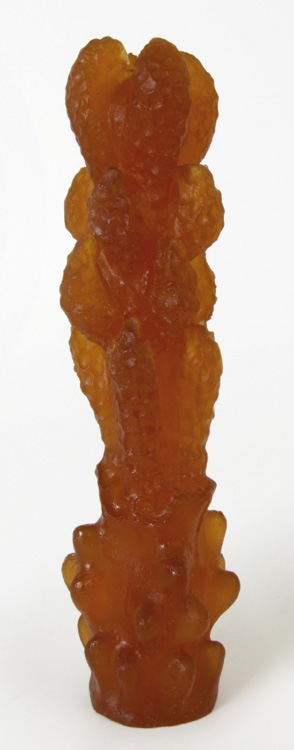
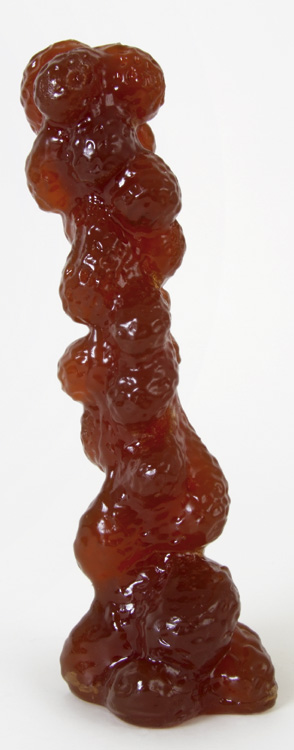
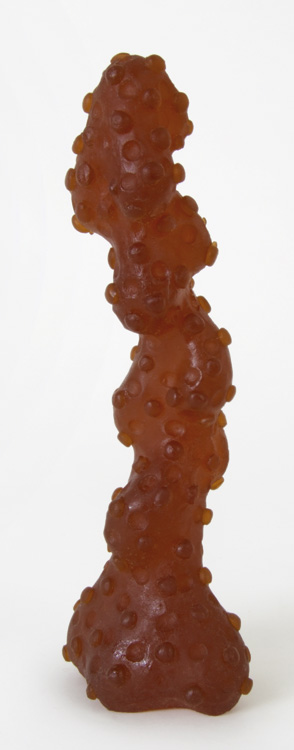
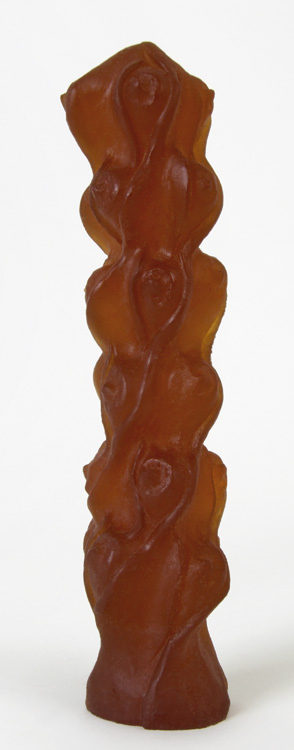
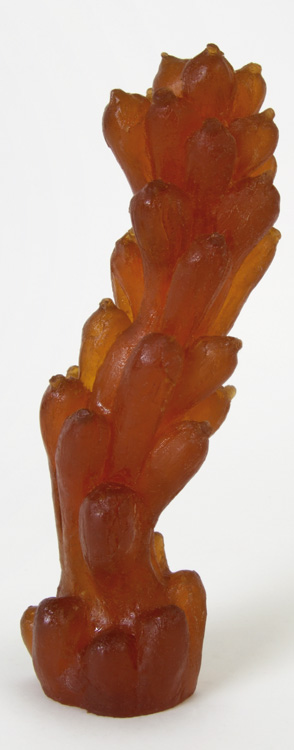
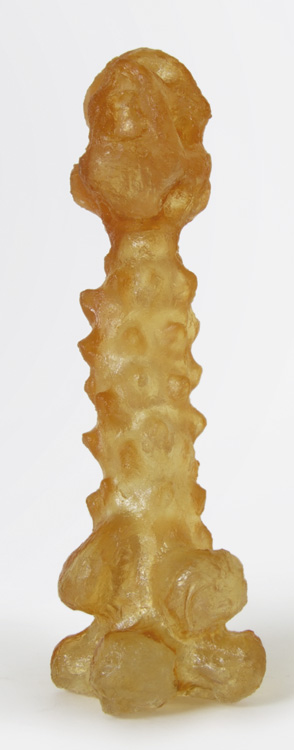
seine unverhältnismässig grossen, kugelig vorspringenden drüsen kennzeichnen saururus oscillatorius. das wesen ist sowohl thermophil als auch barophil. grosse gruppen kommunizieren miteinander, indem sie modulierte stromsignale aussenden. eine bemerkenswerte eigenschaft der organismen ist, dass sie sich aus kleinsten zellbeständen regenerieren können. selbst wenn grosse teile des organismus entfernt werden, entwickelt sich aus dem rest wieder ein vollständiges wesen. es ist darüber hinaus möglich, dass sich teile der in gruppen lebenden organismen voneinander trennen oder getrennt werden. nach einer zeit finden sie sich jedoch wieder zu kompletten organismen zusammen. teile, die vorher zu einem bestimmten organismus gehörten, tauchen dann oft als teil eines anderen wieder auf.
the unproportionately big glands, which protrude in a ball-shaped manner characterize saururus oscillatorius. the organism is thermophilic as well as barophilic. large groups communicate with each other by emitting modulated electric signals. they have the extraordinary characteristic of being able to regenerate from the smallest cell groups. even if large parts of the organism are removed, a complete creature will develop from the remnants. it is also possible, that parts of the organism, which lives in groups, detach from each other or are separated. after a while, they will assemble to become complete organisms. parts that formerly belonged to a different organism will then reappear on another organism.

